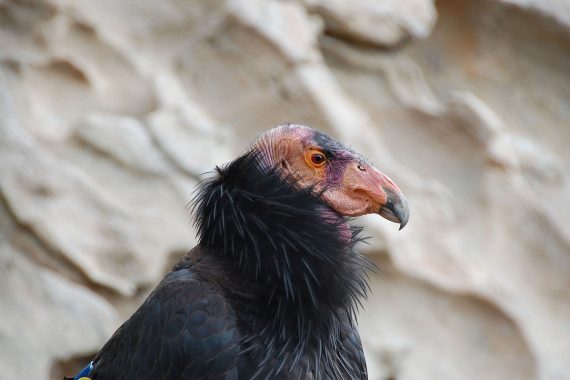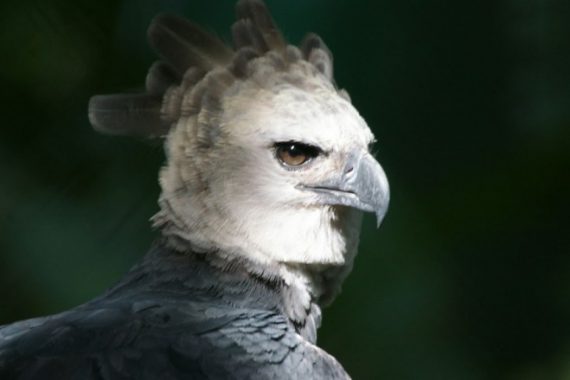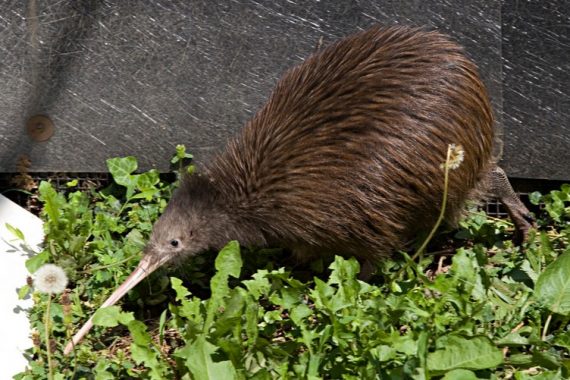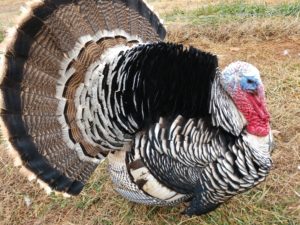
To honor the US Thanksgiving holiday this week we chat about the Turkey. Native to the Americas the Turkey is an iconic bird that has always been associated with Thanksgiving. These ground dwelling birds are amazing in their own right. While millions of domestic turkeys are consumed worldwide, wild Turkeys were faced with extinction. In this episode we discuss their incredible rebound and all their fun and interesting facts.
Turkey History
All birds can trace their history back to the dinosaurs. The relatives of Turkeys are no different. The oldest known relatives date back to around 90 million years ago. Turkeys belong to the Order Galliformes. These are the “game birds.” Other species include: peacocks, pheasants, chickens, grouse, partridge, jungle fowl and guinea fowl.
During the (5th) mass extinction event about 55 million years ago, relatives to the Galliformes survived. Other orders of birds as well as the non-avian dinosaurs did not. The Galliformes relatives were ground dwelling and lived in and near water, thus they survived. Birds that lived out in the open or up in trees did not.
True Galliformes did not emerge until 45 million years ago. Turkeys as we know them today emerged in the Americas around 10 million years ago. Turkeys are found in North America from the Northern United States down to the Yucatan peninsula. Prior to the Europeans, there were an estimated over 10 million Turkeys. Due to habitat loss and hunting, this was reduced down to an estimated 30,000 birds left.
Turkeys are recognized as one of the America’s greatest conservation efforts. Starting with Theodore Roosevelt and others, laws were put in place to protect America’s wild spaces. Over time the Turkey began to recover. Efforts by the National Wild Turkey Association and others, Turkeys and their habitat have been preserved. Today there are an estimated 7 million Turkeys.
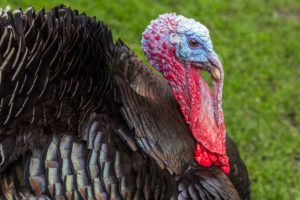
Turkey Physiology
The wild Turkey differs greatly from the domestic Turkey. Domestic turkeys have been bred to have large breasts to provide plentiful meat, are usually white in color and quite vocal. Wild Turkeys are slimmer and evolved to survive predation. Where domestic Turkeys cannot fly, wild Turkeys can. Surprisingly, the wild Turkey can fly up to 100 yards at 55 MPH (88 kph).
An amazing adaption is the snood on the male Turkey. The snood is an erectile, fleshy protuberance on the forehead of male Turkeys that can be up to 6 inches long. It is often a measure of the Turkeys mood and health.
Turkeys are omnivores and eat not only plant matter, nuts, fruit, but also insects and small mammals. Conversely, Turkey are prey items for cougars, bobcats, eagles, skunks, racoons, owls, wolves and coyotes.
Wild Turkey Calls can be heard HERE
Turkey Conservation
Turkeys are Least Concern and an amazing conservation success story.

